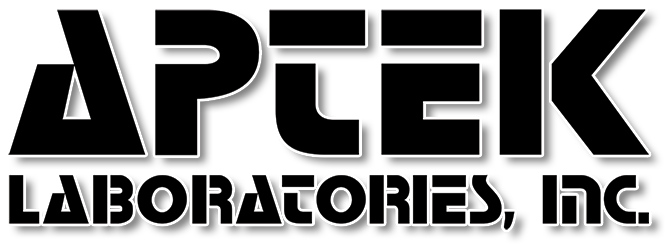Stress Management via Low Modulus Urethane Adhesives for Electronic Applications
The mismatch of thermal expansion coefficients of various components and substrates to be bonded has long been a cause for cracking and delamination problems.
The Electronics industry has relied primarily on silicone-based systems to resolve stress-related problems. Although silicones have demonstrated success in relieving stress, their inherently poor adhesion and release agent characteristics have created additional costly handling steps for production.
This article discusses how low modulus urethane adhesives have been used to resolve stress and heat management problems while displaying improved handling and processing qualities over silicones. – Click to read full article
Thermal Management Performance and Attachment Reliability Using Urethane Film Adhesives
Adhesives are available in a variety of configurations. The two basic are a one-part material, sometimes kept frozen to assure shelf life, and a two-part mix requiring a specific combination of the resin and hardener.
One-part materials, especially epoxies, are also available in sheet form from a number of sources. This format is categorized as a B-Stage adhesive which is usually applied to a film or glass laminate carrier.
Some materials, such as urethanes and silicones, are used in a format called C-Stage. These sheet materials are completely cured and serve as ‘gaskets’ or spacers between two surfaces.
A new approach, which has been termed a “B/C/B” urethane, has been developed by Aptek and tested. It combines the unique advantages of both B-Stage epoxies and C-Stage high performance urethane or hybrid epoxy sheet materials. – Click to read full article
Unique UV Urethane Adhesives, Coatings and Encapsulants
For years, adhesives materials made from UV technology have been used abundantly and successfully in lower/technology/price sensitive commercial applications where rapid UV cure meant higher output and lower processing costs. However, for the significantly more demanding space and military application, rapid cure rates are not as important as performance requirements.
Until recently, UV technology has had a tendency to yield adhesives, which are brittle, high in modulus, high n Tg, and low in elongation. Importantly, they also fail the NASA outgassing requirements for space environments.
In this article, test results of Aptek’s next generation UV products will be compared to a long-time industry standard urethane adhesive/coating. – Click to read full article
APTEK developed a hybrid epoxy based BGA underfill that is designed to be thermally conductive
Memorandum from an Aptek Laboratories’ customer…
The materials lab recently experimented with a new BGA underfill, DIS-A-PASTE 2150-PMF, developed by APTEK Laboratories, Inc. from Valencia, CA. This material is a low modulus hybrid epoxy-based BGA underfill that was designed to be thermally conductive. Tests were done to characterize the flow characteristics and the feasibility of the material for BGA underflow applications. – Click to read full article
Development, Evaluation, and Implementation of Thermally Conductive Component Attach Adhesives in Inline Curing SMT Assembly Processes
Adhesives for the assembly of printer-circuit boards for space-and-satellite programs must meet a variety of demanding requirements. Ideal properties of such an adhesive for an established program are:
• Thermal conductivity > 0.87 W/m-°K or at least within 5 percent of this limit to avoid a thermal redesign
• Autodispensible and maintain orientation of the part with adhesive in the green state prior to cure
• Compatible with inline curing in the preheat section of IR soldering equipment (snap cure, < 3 minutes at 150°C, or equivalent)
• Survive IR soldering temperatures
• Allow easy component removability (lap shear < 500 PSI) at moderate temperatures
• Resist common solvents
• Meet the NASA outgassing standards



